Research
Unraveling groundwater dynamics along temperate and polar coastlines.
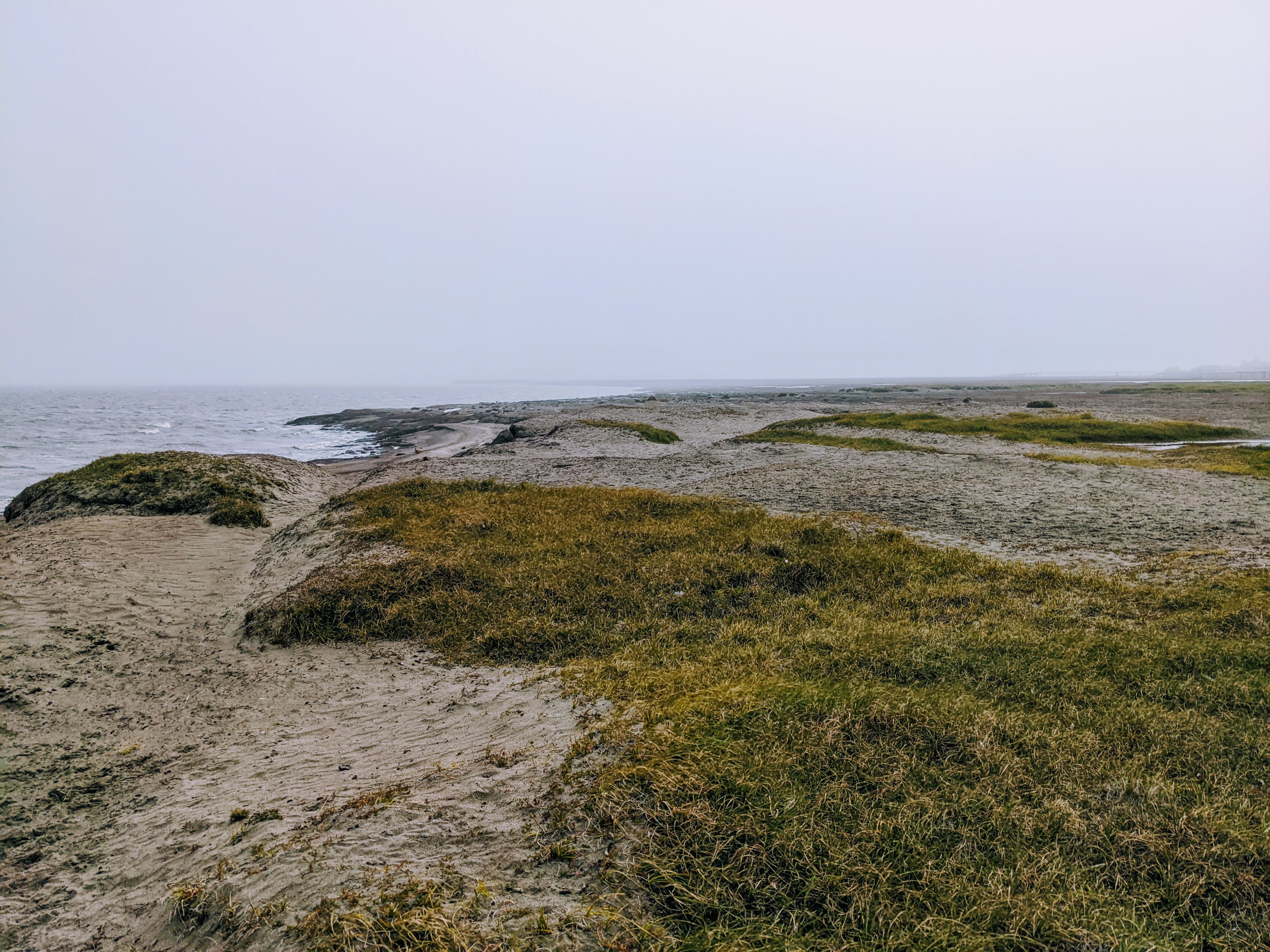
Saltwater intrusion into coastal ecosystems and aquifers
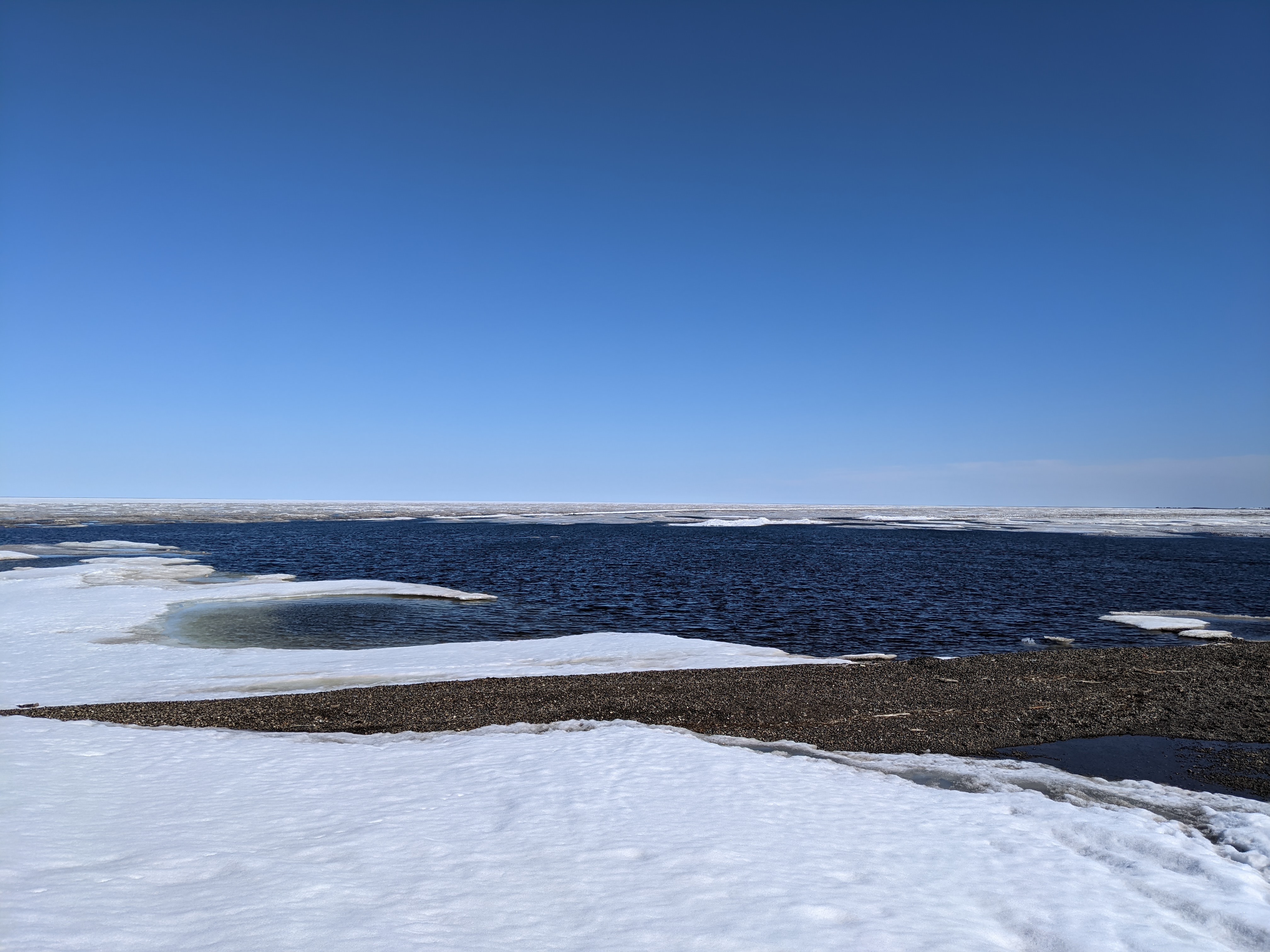
Hydrological-biogeochemical links and feedbacks with climate change
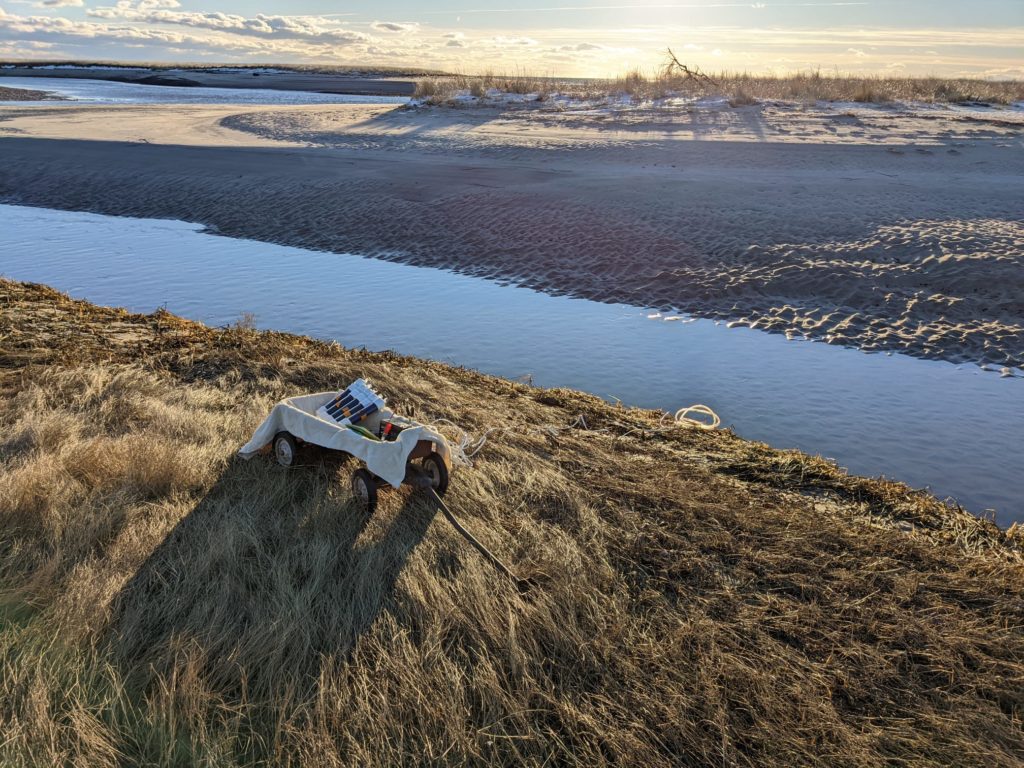
Coastal groundwater-surface water exchange
Ongoing Research
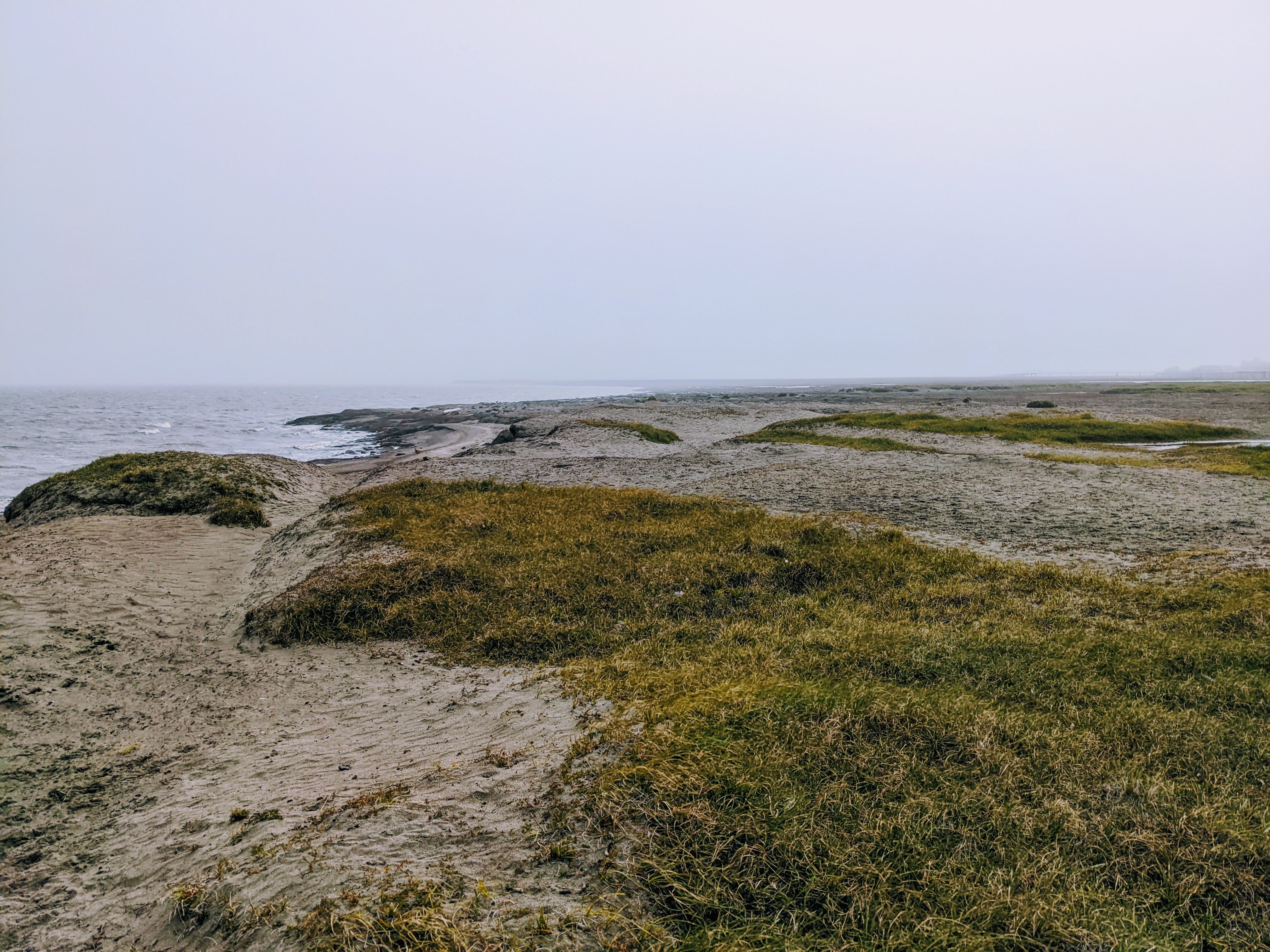
Unraveling mechanisms mediating groundwater dynamics along Arctic coastlines.
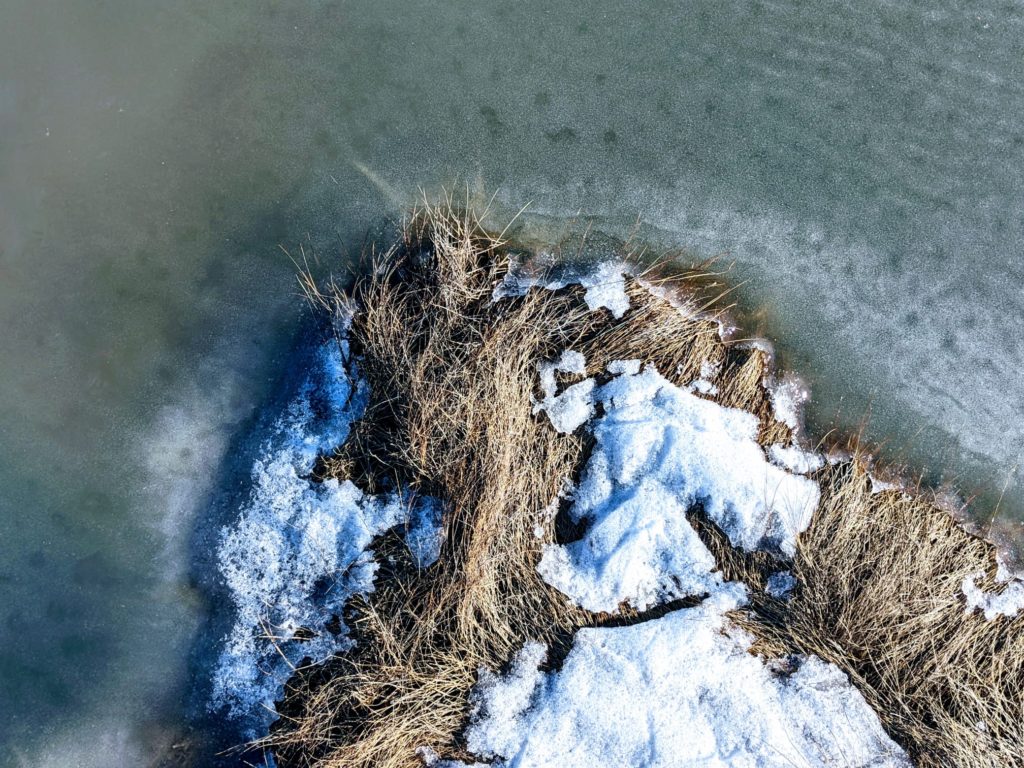
Evaluating cold season hydrological and temperature dynamics in a salt marsh
Previous Projects
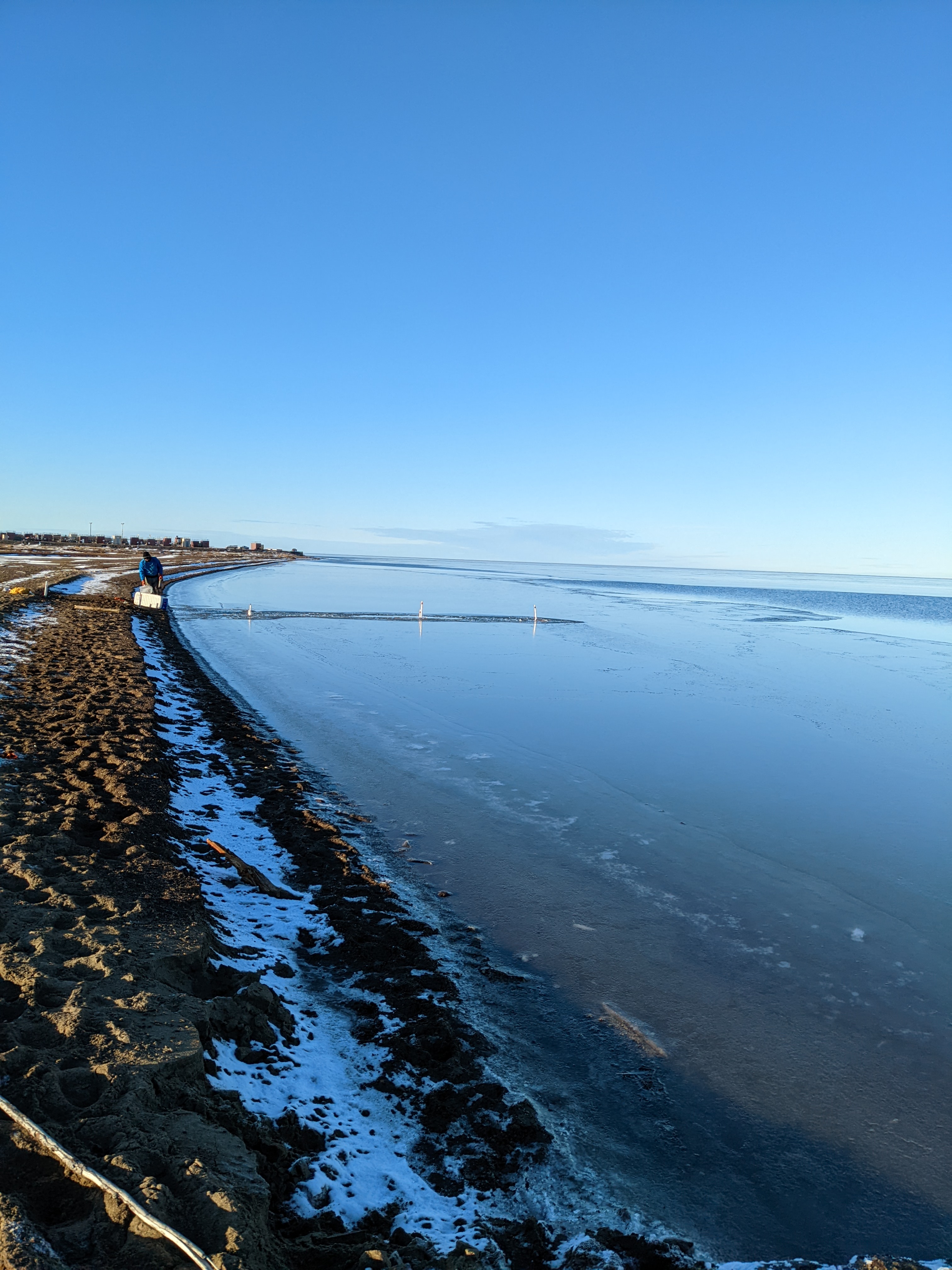
Uncovering climate-driven impacts on high-latitude aquifer-ocean exchange
In the Arctic and subarctic, hydrogeological processes are rapidly changing due to accelerated climate change. Coastal systems are particularly vulnerable to climate-induced change due to added boundary condition changes (e.g., sea level and sea ice). The objective of this study was to investigate the impacts of sea-level rise and land surface warming on coastal permafrost extent and land-sea water exchange.
Citations: Guimond, J. A., Mohammed, A. A., Walvoord, M. A., Bense, V. F., & Kurylyk, B. L. (2022). Sea-level rise and warming mediate coastal groundwater discharge in the Arctic. Environmental Research Letters, 17(4), 045027. https://doi.org/10.1088/1748-9326/ac6085
Guimond, J. A., Mohammed, A. A., Walvoord, M. A., Bense, V. F., & Kurylyk, B. L. (2021). Saltwater intrusion intensifies coastal permafrost thaw. Geophysical Research Letters, 48, e2021GL094776. https://doi. org/10.1029/2021GL094776

Impacts of marsh migration on saltwater intrusion into coastal agricultural fields
Coastal agricultural fields are vulnerable to storm surge inundation and salinization. Most crops are intolerant of salinity and thus minimization of saltwater intrusion due to storms and high tide events is critical to crop preservation and economic stability. The objective of this study was to explore how marsh migration impacts the extent of surface and subsurface salinization due to storm surges. We also examine the short- and long-term environmental and financial benefits of marsh migration into coastal agricultural land subject to storm surge inundation.
Citation: Guimond, J. A., & Michael, H. A. (2021). Effects of marsh migration on flooding, saltwater intrusion, and crop yield in coastal agricultural land subject to storm surge inundation. Water Resources Research, 57, e2020WR028326. https://doi.org/10.1029/2020WR028326
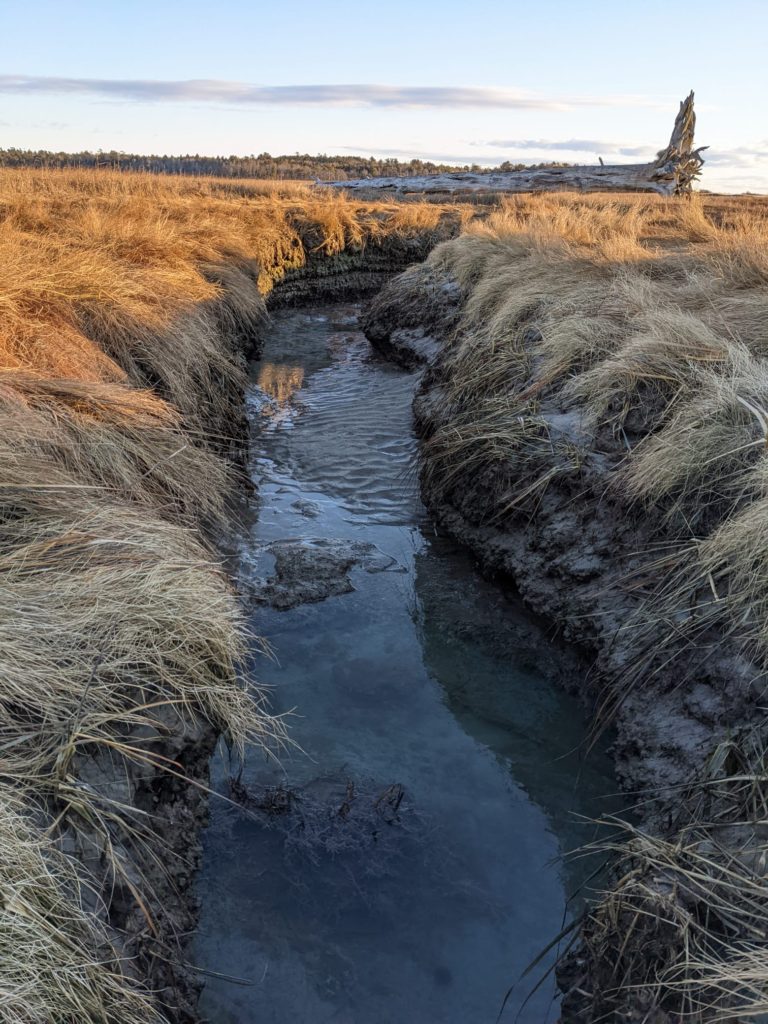
Connecting hydrology, biology, and geochemistry in a coastal wetland subject to climate change
Tidal marshes are valuable global carbon sinks, yet large uncertainties in salt marsh carbon budgets and mechanisms mediating the magnitude and direction of carbon fluxes exist. Specifically, the mechanisms, magnitudes, and timing by which bioturbation and sea-level rise influence wetland carbon fluxes are still to be determined. The objectives of this project were to 1) quantify the effects of crab burrows on salt marsh hydrology and geochemistry via changes in sediment permeability and redox potential and 2) explore how sea-level rise impacts carbon dynamics using links between salt marsh hydrology and carbon accumulation.
Citations: Guimond, J. A., Yu, X., Seyfferth, A. L., and Michael, H. A. (2020). Using hydrological‐biogeochemical linkages to elucidate carbon dynamics in coastal marshes subject to relative sea‐level rise. Water Resources Research, 56, e2019WR026302. https://doi.org/10.1029/2019WR026302
Guimond, J. A., Seyfferth, A. L., Moffett, K. B., and Michael, H. A. (2020). A physical-biogeochemical mechanism for positive feedback between marsh crabs and carbon efflux. Environmental Research Letters, 15(3), 34024. https://doi.org/10.1088/1748-9326/ab60e2